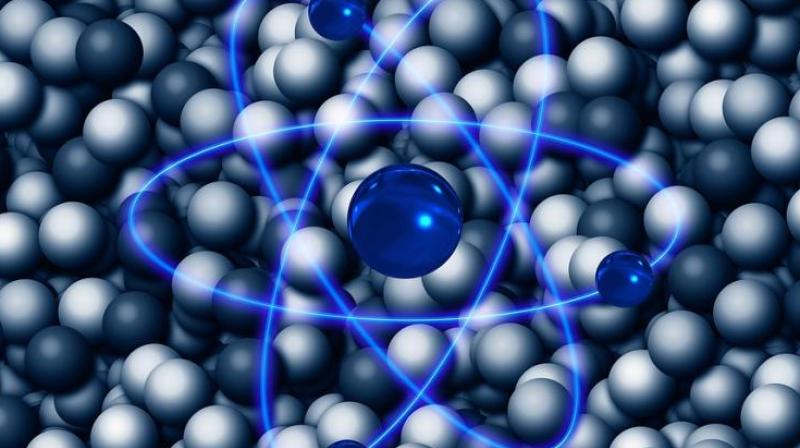Solids can also take shape of containers
Till now no one has described solid deformation as a phase transformation phenomenon.;

Hyderabad: While liquids are known to take the shape of the container, solids too can rearrange their atoms to conform to the shape, given enough time.
“More interestingly, the smaller the change in shape, the longer it takes for the solid to rearrange. This is the reason solids appear rigid. Our contribution is to show that this behaviour is a direct consequence of a hidden phase transition. Hidden because, in order to reveal it you need to subject the solid to specific arrangements of forces which cannot be normally produced in the lab,” says Prof. Surajit Sengupta, dean, Tata Institute of Fundamental Research (TIFR), Hyderabad.
This was studied in a collaborative effort between researchers from TIFR-Hyderabad, Heinrich Heine-Universit$e4t D$fcsseldorf (Jurgen Horbach), King’s College, London and University of G$f6ttingen (Peter Sollich).
Till now no one has described solid deformation as a phase transformation phenomenon.
Using this study, researchers will be able to describe solid deformation in a completely different language the language of phase transformations such as boiling or solidification. Deformation of a solid is formally analogous to the appearance of bubbles of gas in superheated water or the formation of crystals in a supersaturated solution. In the future this may lead to better ways of controlling the strength of solids using some universal principles.
While the team has simulated this in a computer, it may be possible to test it in the laboratory using specially designed laser traps and colloidal particles.
Asked about the uses, Prof. Sengupta said, “We could, for example, calculate for the very first time the maximum deformation a solid can endure before flowing, depending on the rate at which the deformation is applied. The lower the rate, the less the maximum deformation. We could do it only for an ideal solid with perfectly arranged atoms. Whether this result holds for real solids is something we need to see in the future.”

